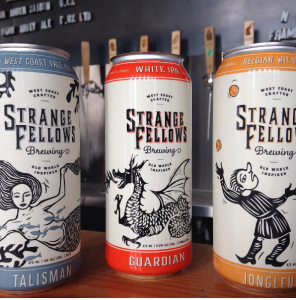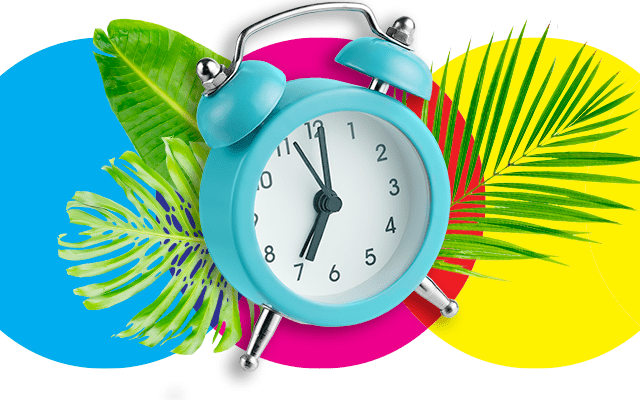Whether for craft beer makers or large beer producers, beer cans continue to grow in popularity compared to bottles. Cans are replacing bottles for several reasons.
Can use is growing
In Canada, between 2010 and 2015, Canned beer sales went from 36.6% to 54.7% While bottles went from 54% to 35.4%. This trend should continue as consumers find cans easier to store and carry. They are also accepted in more outdoor venues.
Product advantages
Beer vendors can take advantage of the can’s more compact form to reduce shipping costs. Cans also effectively block out UV rays, have much less air and no headspace, ensuring the products long-term freshness and shelf life.
Consumers seem to also be attracted to cans because of a perceived taste advantage. There is some debate as to whether this is actually true, though.
For a microbrewery interested in improving taste and longevity, it is interesting to note that it is possible to apply vacuum on a bottle but not on a can. Theoretically you could create lower oxygen content for the bottle than the can. Its effectiveness would be determined by the seal.
Environmental advantages of replacing bottles with cans
A recent study found that aluminum cans have a smaller environmental footprint than glass bottles in transportation and refrigeration. The study compared cans and bottles in efficiency of shape, dimension and weights. All told, cans were found to create 35 to 49% lower carbon emissions when being transported and refrigerated.
In other words, Aluminum cans were found to be lighter and more compact which is beneficial for shipping purposes and easier to refrigerate than the legendary glass bottles.
Although cans are replacing bottles, bottles still have a higher return rate in Canada however, likely due to its incumbent position in the industry.
Labelling cans and bottles
Both cans and bottles are suitable for pressure sensitive labelling, which is now gaining ground on traditional “cut and stack” labels which require glue. Pressure sensitive labels have a higher initial cost but the label application is much simpler and you don’t have to buy glue or worry about its associated application accessories.
Aluminum cans can be pre-printed eliminating labelling altogether but there are several disadvantages for a microbrewery: The minimum order for pre-printed cans is quite large and this can tie up capital and warehouse space. There is also the risk of not being able to sell the entire shipment.
The shrink sleeve option

Once again, cans have the advantage with this label type, because of their simpler shape.
When choosing shrink sleeve packaging, look for an expert shrink-sleeve label provider, who can cover all aspects of process, such as consultation on design, appropriate choice of sleeve material as well as help you select the proper shrink-sleeve application equipment.
Cans are replacing bottles, but we’ll leave the choice of container entirely up to you!







